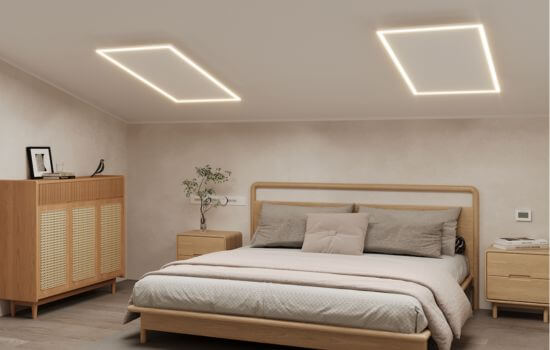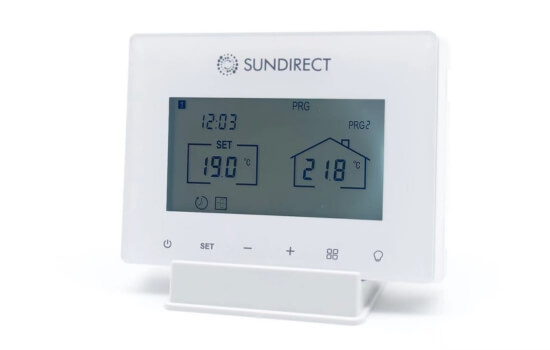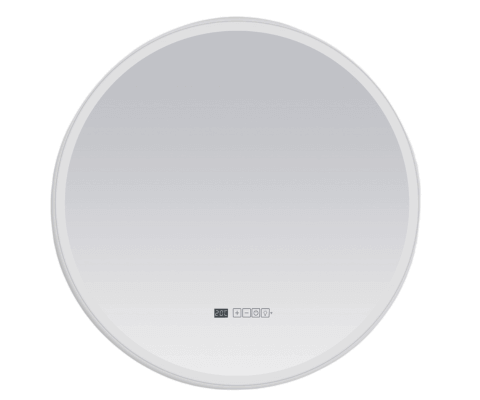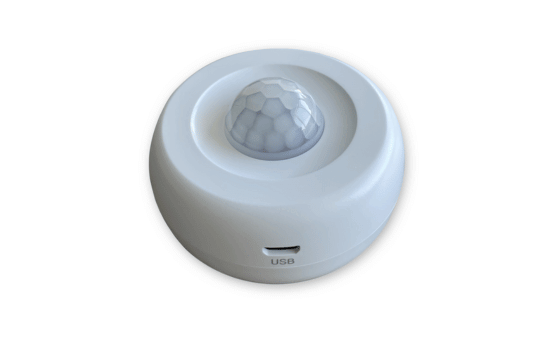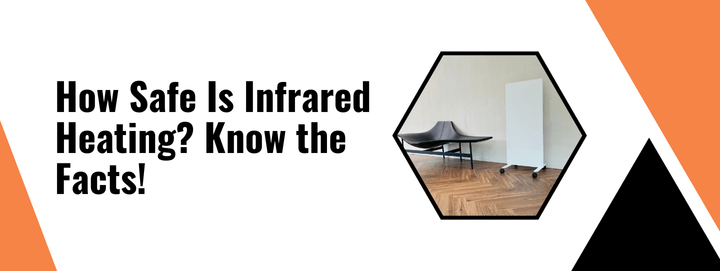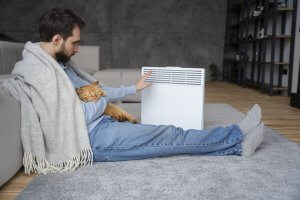When it comes to choosing a home heating solution, safety is always a top priority. For many homeowners and businesses across Europe, infrared heating systems have become a popular option due to their efficiency and modern appeal. However, questions about the safety of infrared heaters are common, especially since they operate differently from traditional heating methods. This article will delve into the safety aspects of infrared heating, debunk common myths, and provide factual information to help you make an informed decision.
What is Infrared Heating?
Infrared heating is a technology that uses infrared radiation to produce heat. Unlike conventional heaters that warm up the air, infrared heaters emit radiant heat, which directly warms up people and objects in its path. This method mimics the natural heat of the sun, making it a comfortable and efficient option. Common forms include infrared panels, heaters, and underfloor systems, which can be used in various settings, from homes and offices to outdoor areas.
Understanding Infrared Radiation
The word “radiation” often raises alarm, but in the context of infrared heating, it’s important to clarify what it really means. Infrared radiation is a form of electromagnetic radiation, but it is non-ionizing, meaning it doesn’t have enough energy to alter DNA or damage cells like harmful ultraviolet (UV) or X-ray radiation does. Infrared waves fall just below the visible light spectrum, making them entirely safe for human exposure. In fact, we are exposed to infrared radiation every day from the sun without adverse effects.
Debunking Common Myths about Infrared Heating Safety
Despite its growing popularity, infrared heating is often misunderstood. Let’s address some of the common myths and misconceptions:
1. Myth: Infrared Heating Can Cause Health Issues
Fact: There is no scientific evidence to support claims that infrared heating poses health risks. In fact, infrared heat therapy is used in medical treatments for conditions such as arthritis and muscle pain. Unlike traditional heaters that can create a dry and stuffy atmosphere, infrared heating maintains natural humidity levels, reducing the risk of respiratory problems and dry skin.
2. Myth: Infrared Panels Overheat and Cause Fires
Fact: High-quality infrared heaters and panels are equipped with safety features such as temperature regulators, overheat protection, and automatic shut-off systems to prevent overheating. When installed and used correctly, the risk of fire is minimal. Moreover, infrared panels typically have surface temperatures of around 80-100°C, which is safe and comparable to conventional radiators.
3. Myth: Infrared Heaters Emit Harmful Radiation
Fact: As mentioned earlier, infrared radiation is non-ionizing and completely safe for human exposure. Infrared heating technology has been in use for decades in saunas, baby incubators, and therapeutic devices without any reported health issues.
Key Safety Features of Infrared Heaters
Modern infrared heaters are designed with safety in mind. Here are some key safety features to look for:
- Overheat Protection: Automatically shuts off the heater if it exceeds a safe temperature limit.
- Tilt-Switch Mechanism: Ensures that the heater turns off if it’s accidentally knocked over.
- Cool-Touch Housing: Many infrared heaters come with cool-touch exteriors, making them safe to handle even when operating.
- Child and Pet Safety: Infrared heaters can be wall-mounted or ceiling-mounted, keeping them out of reach of children and pets, reducing the risk of burns.
Are Infrared Heaters Safe for Homes with Children and Pets?
Yes, infrared heaters are generally safe for homes with children and pets, provided you follow the manufacturer’s installation and usage guidelines. Many models are designed to be mounted out of reach, eliminating the risk of accidental contact. Additionally, because infrared heaters do not have exposed heating elements like some other systems, the risk of burns is significantly reduced. Always look for units with built-in safety features like overheat protection and cool-touch surfaces to further enhance safety.

How to Safely Use Infrared Heaters
While infrared heating systems are inherently safe, following best practices can ensure optimal safety and performance:
- Choose a Reputable Brand: Invest in high-quality infrared heaters from well-known manufacturers. This ensures that the units meet safety standards and include essential safety features.
- Proper Installation: If you’re using infrared panels or ceiling-mounted systems, ensure they are installed according to the manufacturer’s instructions. For larger installations, consider hiring a professional.
- Regular Maintenance: Like any heating system, infrared heaters benefit from routine maintenance. Clean the surface of infrared panels and inspect for any wear and tear to ensure longevity and safety.
- Keep Flammable Objects Away: Although infrared heaters have a lower fire risk compared to some conventional systems, it’s still wise to keep flammable materials like paper, curtains, and fabrics away from the unit.
The Environmental Impact of Infrared Heating
Safety is not just about immediate health risks; it’s also about long-term environmental impact. Infrared heating is considered an eco-friendly option because it uses less energy to produce the same level of warmth compared to traditional heaters. Additionally, because it doesn’t rely on fuel combustion, it doesn’t emit harmful gases or pollutants, making it a safer option for both indoor air quality and the environment.
Comparing Infrared Heating Safety with Other Heating Systems
When comparing infrared heating to other popular heating systems, such as gas heaters or electric convection heaters, it’s clear that infrared systems offer a number of safety advantages:
- Gas Heaters: While effective, gas heaters can pose risks of carbon monoxide poisoning and require proper ventilation. Infrared heaters, on the other hand, do not produce harmful emissions.
- Electric Heaters: Some electric heaters have exposed elements that can cause burns or ignite nearby objects. Infrared heaters are safer because they typically have enclosed heating elements and operate at lower surface temperatures.
- Oil-Filled Radiators: These can be a safe option, but they tend to heat up slowly and can be bulky, posing a tipping hazard. Infrared heaters are sleek, compact, and can be mounted to eliminate such risks.
Conclusion: Is Infrared Heating Safe?
The short answer is yes—infrared heating is one of the safest heating options available today. Whether you’re looking to warm up your home, office, or an outdoor area, infrared heaters provide efficient, comfortable heat without the safety concerns associated with many traditional systems. By choosing a high-quality unit and following best practices, you can enjoy the benefits of infrared heating with complete peace of mind.

